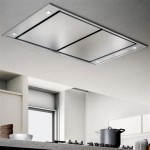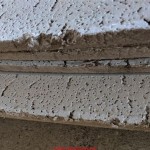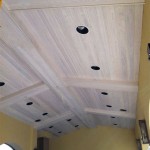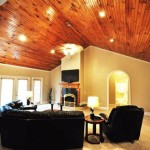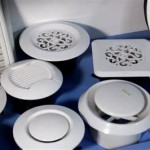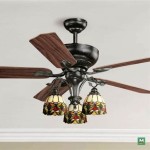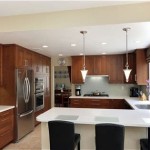What Material Is Drop Ceiling Made Of?
Drop ceilings, also known as suspended ceilings, are a common feature in many residential and commercial buildings. They offer numerous advantages, including ease of installation, accessibility to utilities, and aesthetic appeal. But what exactly are these ceilings made of? Understanding the materials used in drop ceiling construction is crucial for making informed decisions regarding installation, maintenance, and upgrades.
The Framework: The Backbone of the Drop Ceiling
The foundation of any drop ceiling is its framework, often called the grid system. This grid, typically made of
metal
, provides support and stability for the ceiling panels. Here's a breakdown of the common metal types used in drop ceiling grids:- Galvanized Steel: This readily available and affordable material is durable and resistant to corrosion. It's a popular choice for residential and commercial applications.
- Aluminum: While slightly more expensive than galvanized steel, aluminum offers exceptional resistance to corrosion and is lighter in weight. It's often favored in environments where moisture is a concern, such as bathrooms and kitchens.
The grid system consists of
T-bars
, which are long pieces of metal that run horizontally across the ceiling, andmain tees
, which run perpendicular to the T-bars and connect to the building's structure. The spacing between T-bars and main tees varies depending on the panel size and the desired aesthetic. This grid system is usually suspended from the structural ceiling usinghanger wires
orsuspension clips
.The Panels: Enhancing Functionality and Aesthetics
The panels are the visible part of the drop ceiling, covering the framework and creating a smooth surface. These panels come in a variety of materials, each offering unique advantages:
Mineral Fiber Tiles
Mineral fiber tiles are the most popular type of drop ceiling panel due to their affordability, good sound absorption, and fire resistance. They are made from a mixture of mineral fibers, such as fiberglass or calcium silicate, with binders and other additives. These tiles are usually available in a standard 2x2 or 2x4 foot size and come in various finishes, including textured, smooth, and perforated.
Metal Panels
Metal panels offer durability, moisture resistance, and a modern aesthetic. They are often used in commercial applications, particularly in areas with high traffic or humidity. Aluminum, steel, and stainless steel are common choices for metal ceiling panels. They can be painted or coated with various finishes, allowing for customization and design flexibility.
Acoustical Panels
Designed specifically to improve sound absorption, acoustical panels are commonly used in areas where noise control is crucial, such as offices, conference rooms, and classrooms. They often feature a textured surface or perforations to trap sound waves, reducing reverberation and improving speech clarity.
Gypsum Panels
Gypsum panels, similar to drywall, offer a smooth finish and are well-suited for areas requiring a more finished look. They can be painted or textured to match the surrounding walls and are often used in residential settings.
Additional Components: Enriching Functionality
Beyond the basic framework and panels, various other components contribute to the functionality and aesthetics of drop ceilings:
- Lighting: Recessed lighting fixtures are commonly integrated into drop ceilings, providing efficient and stylish illumination. They can be easily installed and replaced through the ceiling panels.
- Ventilation: Drop ceilings often incorporate ventilation grilles, allowing for air circulation and temperature control.
- Fire Sprinklers: In commercial settings, fire sprinkler heads are typically integrated into the drop ceiling for fire safety.
- Access Panels: These removable panels provide easy access to utilities, electrical wiring, and other components concealed behind the ceiling.
Drop ceilings are a versatile and practical construction element, providing numerous benefits and aesthetic options. Understanding the various materials used in drop ceiling construction enables informed decision-making regarding installation, maintenance, and design choices.

What Are Ceiling Tiles Made Of Suspended Materials

Drop Ceiling Materials

Super High Quality Ceiling T Grid Bar Construction Material Made In China Com

Dropped Ceiling Wikipedia

Types Of False Ceiling Vm Singapore Partition Wall Contractor

Fiberglass 20mm Glasswool Acoustic Drop Ceiling Tile 2x4 Tiles Sound Absorbing Made In China Com

2x2 Drop Ceiling Panels Non Combustible Mineral Fiber Board Made In China Com

What Are The Types Of Ceiling Materials Fall Ceilings

Acoustic Mineral Wool Fiber Drop Ceiling Tiles For Decorative Material Board Panel Made In China Com

What Are The Types Of Ceiling Materials Fall Ceilings
Related Posts

